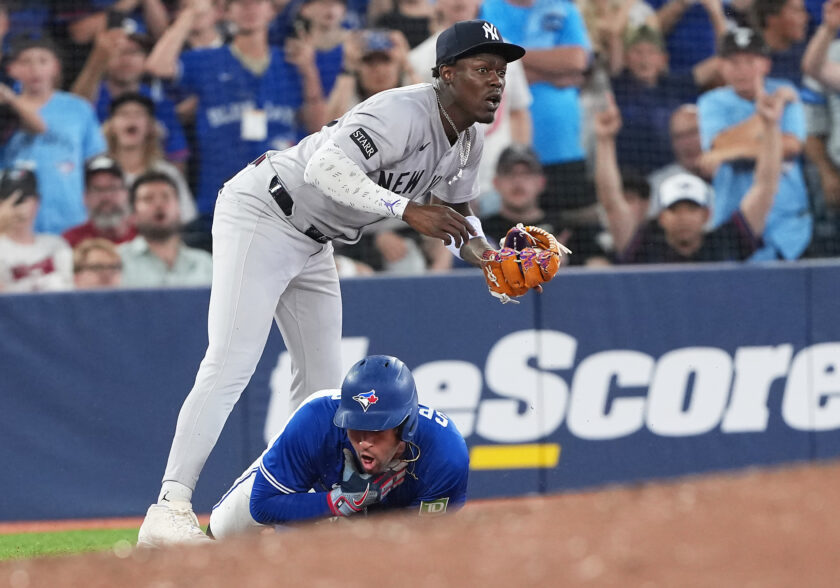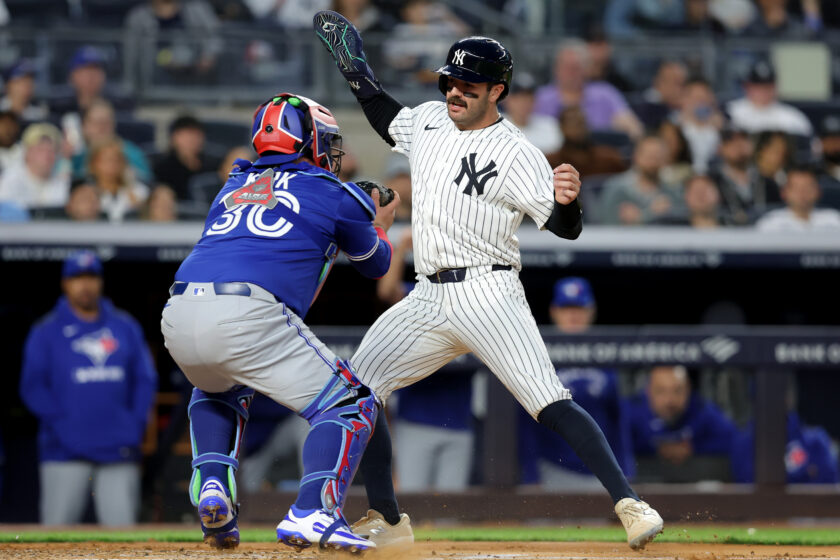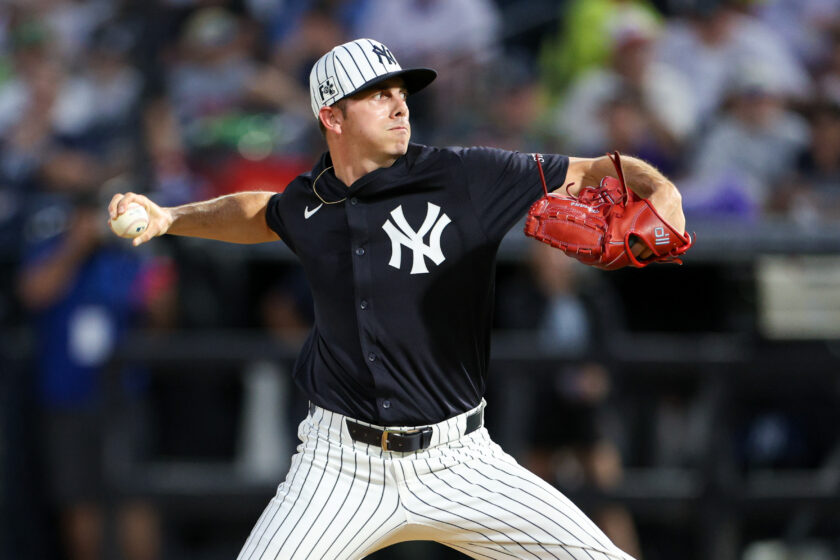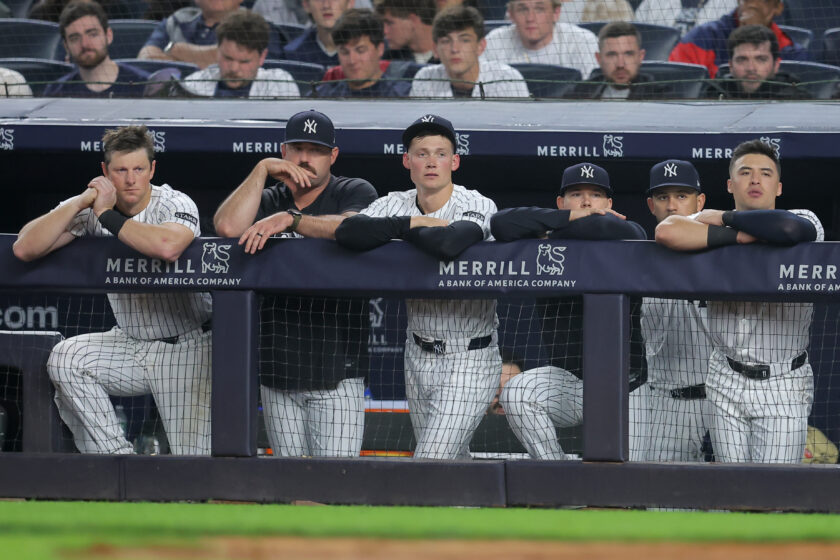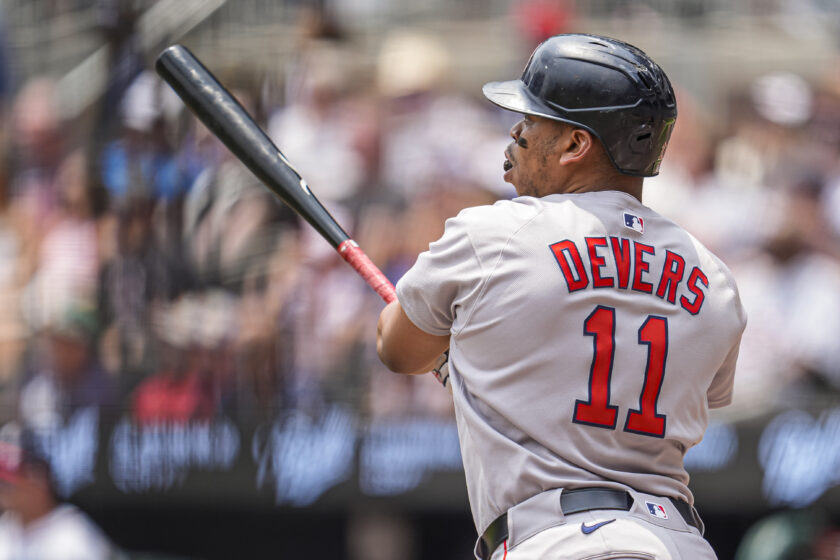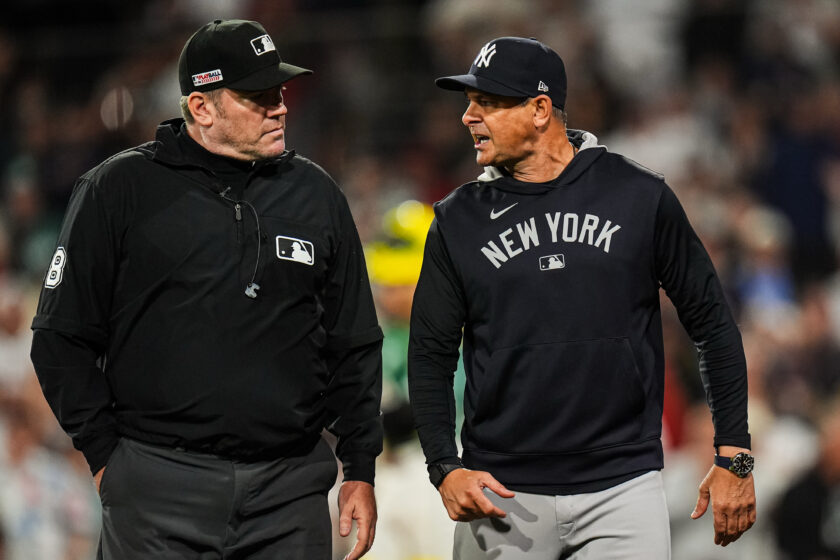The 5 worst free agent contracts in New York Yankees history
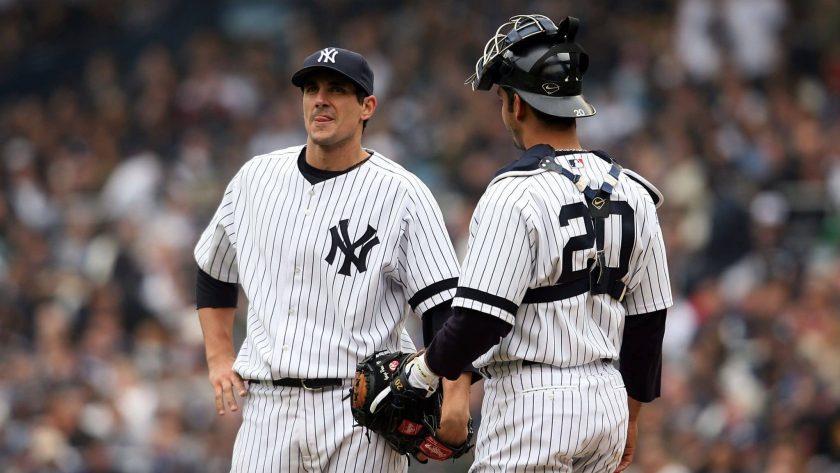
From Alex Rodriguez to the obscure, the New York Yankees front office has sometimes given out some bad contracts in free agency.
[sc name=”josh-benjamin-banner” ]The New York Yankees have often had to learn a harsh lesson in free agency. Just because the team does have money to spend doesn’t mean they necessarily should.
Just look at how longtime owner George Steinbrenner utilized the practice from its debut in 1976 and on. The Boss went all-in on the idea of investing money in the team and not relying solely on prospects from the minor-league system, trades, etc.
As a result, the Yankees rose to prominence with the additions of guys like Catfish Hunter and Reggie Jackson. Years later, fans would laud the CC Sabathia and Mark Teixeira signings for the same reasons.
But this practice can also do more harm than help, and the Yankees know that all too well. For every signing which panned out well, two or more fell flat on their faces. Steinbrenner’s impatience with developing youngsters and obsession with aging veterans sometimes set the team back years.
The good news is this last offseason, the New York Yankees were smart. Right-handed ace Gerrit Cole was added on a $324 million deal after some miraculous years with the Houston Astros. Knock on wood, this deal pans out.
Otherwise, Cole could (baseball gods forbid) join this list of Yankees free agency contracts that, to be blunt, failed miserably.
No. 5: Alex Rodriguez (10 years, $275 million)

When it comes to money, Alex Rodriguez might as well be a young Oliver “Daddy” Warbucks. As in, the first thing we think of when he’s mentioned is how much money he has as opposed to how he earned it.
And can you blame anyone? I sure can’t. Rodriguez made headlines when he signed a 10-year, $252 million contract with the Texas Rangers after the 2000 season. Three years in, with the Rangers no better despite their star slugger, the Yankees traded for the star infielder.
Initially, it was a great move. Rodriguez hit .303 over his first four years in the Bronx and took home two American League MVP trophies. The Yankees never won a World Series over that stretch, but Rodriguez was otherwise living up to the contract.
Then, after the 2007 season, Rodriguez exercised an opt-out clause and hit free agency again. Despite looking for an even bigger contract, no team was willing to pay a 31-year-old player prone to strikeouts and subpar fielding close to $300 million. Almost by default, the Yankees re-signed Rodriguez to a new ten-year deal, this time for $275 million.
And even though Rodriguez was instrumental in helping the Yankees win the 2009 World Series, the deal ultimately became a burden. Rodriguez only played in more than 140 games in a season once for the rest of his career. Over the whole life of the deal, Rodriguez hit .300 or better just once and never again led baseball in a major category.
The worst was, thanks to the Biogenesis PED scandal, Rodriguez was suspended for all of 2014. He played well in 2015, but regressed in 2016 and was ultimately bought out by the team. 2009 title aside, the Yankees definitely overpaid him.
No. 4: Ed Whitson (5 years, $4.4 million)
Unless you’re a nut for 1980s baseball, Ed Whitson’s name surely sounds unfamiliar. He was a journeyman right-handed pitcher who, in 1984, was instrumental in the San Diego Padres’ run to the World Series. Fresh off 14-win season, he signed a long-term deal with the Yankees.
Cue Murphy’s Law. Whitson was not a good fit in New York at all and it was all there for everyone to see. Whitson was 1-6 with an era over six in his first eleven starts and the demanding Yankees fans turned on him, some even writing nasty letters. Towards the end of the season, Whitson infamously got into a fight with manager Billy Martin at a hotel bar.
And even though Martin was fired for the altercation, the writing was on the wall. After being used in the bullpen and rotation to start the 1986 season, Whitson was traded back to the Padres in July. He remained there until his retirement in 1991, posting a respectable 3.68 ERA along the way.
For comparison, Whitson posted a 5.38 ERA in pinstripes. Even if he played in New York under better circumstances, it just goes to show some players just aren’t cut out for the big stage.
No. 3: Jacoby Ellsbury (7 years, $153 million)

Boston Red Sox fans tried to warn the New York Yankees about Jacoby Ellsbury. Per usual, New York didn’t listen. Ellsbury was signed to a long-term contract despite a laundry list of injury concerns. At the time of the signing, he had played in more than 140 games just three times since debuting in 2007.
Still, Ellsbury led the majors with 52 stolen bases in 2013 and early returns with the Yankees were good. He hit .271 with 16 home runs, 70 RBI, and 39 steals in 2014. Injury concerns aside, Ellsbury was still playing at a high level.
Then, the wheels fell off. Injuries derailed Ellsbury the following year and even though he stayed healthy in 2016, it was soon back to square one. A concussion suffered early in 2017 sidelined Ellsbury and put Aaron Hicks in the spotlight. After missing the entire 2018 and 2019 seasons with various injuries, the Yankees finally released Ellsbury in November of last year.
Was signing Ellsbury the right move for the New York Yankees? At the time, probably. The team needed outfield help as future star Aaron Judge developed in the minors. Still, Ellsbury’s contract was like that of Alex Rodriguez in that regardless of his production, it crippled the payroll.
Throw in that Ellsbury filed a grievance over the Yankees withholding his remaining salary, and this headache still hasn’t gone away in New York.
No. 2: Carl Pavano (4 years, $39.95 million)
Carl Pavano is a textbook example of why teams should never dole out big money to players based on one season. In the first five years of his career, Pavano was an average righty. He was 39-50 with a 4.59 ERA with the Montreal Expos and Florida Marlins. There was potential, but Pavano was definitely not viewed as ace material.
Then, he won 18 games and posted a career-best 3.00 ERA for the Marlins in 2004, and Steinbrenner salivated. The New York Yankees made the Connecticut native a rich man despite his just having one truly good season.
It didn’t take long for Pavano’s contract to look like a mistake. He went down with shoulder trouble in June 2005 and finished with a 4-6 record and 4.77 ERA in 17 starts. A number of injuries kept Pavano out of action entirely in 2006. He made two starts in 2007 before needing Tommy John surgery, and he returned for seven underwhelming starts in 2008.
Over the life of the deal, Pavano went 9-8 with a 5.00 ERA in just 26 starts. In just four years. Naturally, he was not re-signed and lasted four more seasons in the majors before retiring.
It kind of makes one wonder, what if the Yankees had made another move instead?
No. 1: Kei Igawa (5 years, $20 million, plus a $26 million posting fee)

After the 2006 season, the Boston Red Sox made headlines in paying over $100 million to land lauded Japanese ace Daisuke Matsuzaka. For context, half of the price was paid just to get his exclusive negotiating rights.
Not one to be one-upped by the Red Sox, the Yankees made their own move in the Japanese market. After posting the winning bid of $26 million, the team then signed lefty Kei Igawa to a five-year, $20 million contract. He wasn’t as dominant as Matsuzaka but had a knack for generating swings and misses. Igawa spent his first eight pro seasons with the Hanshin Tigers and went 86-60 with a 3.14 ERA, so the potential was there.
Instead, Igawa fell flat on his face in New York. He struggled with control and was shuttled back and forth between the majors and minors as a rookie. In 14 games and 12 starts with the big league club, Igawa went 2-3 with an awful 6.25 ERA. He appeared in just two games in 2008 and proved hard to trade.
As a result, the Yankees bit the bullet. Igawa spent the rest of the contract being paid millions a year to pitch in the minors. The contract finally expired in 2011, Igawa returned to Japan, and spent three injury-riddled years with the Orix Buffaloes.
Were other contracts arguably worse than Igawa’s with the New York Yankees? Yes. Rodriguez and Ellsbury clogged the payroll for years and kept the team from improving despite them.
But when a team has no choice but to stick a high-priced player in the minors, that is truly a different kind of rock bottom.
Josh Benjamin has been a staff writer at ESNY since 2018. He has had opinions about everything, especially the Yankees and Knicks. He co-hosts the “Bleacher Creatures” podcast and is always looking for new pieces of sports history to uncover, usually with a Yankee Tavern chicken parm sub in hand.

